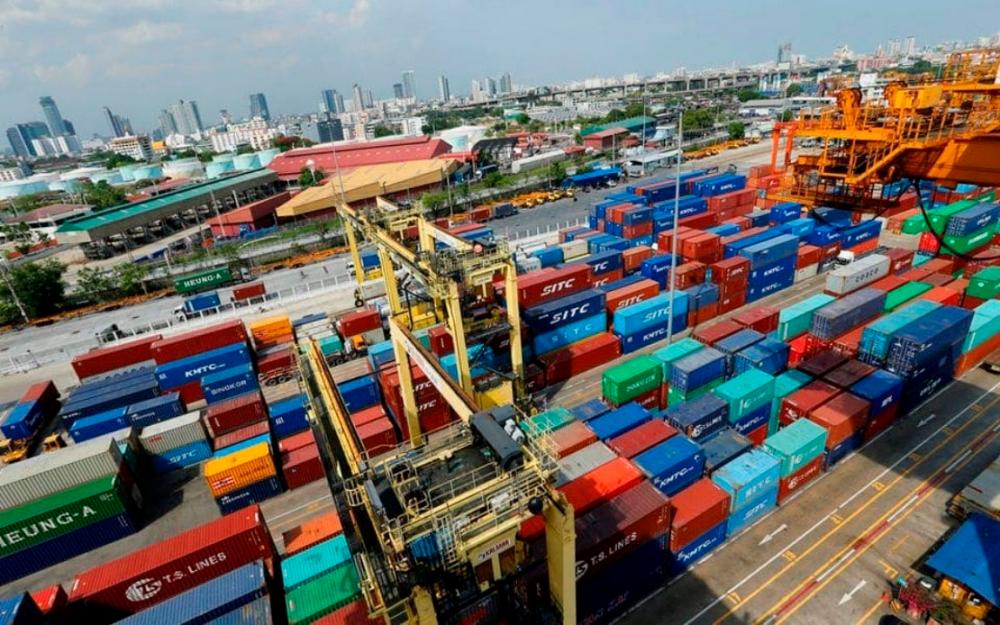INTERNATIONAL trade is extremely important to Malaysia. In the first 10 months of 2024, exports rose 4.8% to RM1.243 trillion and imports increased by 14.6% to RM1.140 trillion, which mainly consists of manufactured goods, commodities and minerals.
For the movement of goods internationally, documentation is absolutely key. Malaysia generally adopts the documentation prescribed by World Trade Organisation. Any failure to comply with documentation requirements will give rise to an offence and consequently monetary consequences.
As far as importers and exporters are concerned, as long as goods are cleared from customs by freight forwarders, the matter has come to a close. Unfortunately, that is not the case because the Royal Malaysian Customs Department (RMCD) is now very vigilant in carrying out post-importation audits where they are discovering errors, which gives rise to additional tax liabilities and penalties.
Moving your goods out of customs is not final because when the post-audit team comes in later, they will scrutinise your documents thoroughly and may take a different position from the position taken at the port, giving rise to additional taxes or duties. This is permitted under the law. Even if fraud is not involved, they can review your position in the past six years. There is no guarantee that when goods are cleared, that is the final tax.
The common problems
The most common problem is documentation errors, which include missing or incomplete information documents to support a position. When the auditors come in subsequently, missing documents will lead to further scrutiny and suspicion. Other problems include the details of shipping invoices where the values differ from the subsequent commercial invoice or payment made. It is not uncommon to find that the original bill of lading has been changed and therefore there is discrepancy. The documents presented subsequently to the banks may also not reconcile with the true intent of export or import. The RMCD is now going one step further to validate against the importation and exportation documents. They also connecting correspondence with bankers or other third parties, and with nominal ledgers together with bank statements to validate the position taken by an importer or exporter.
It is not uncommon to find importers or exporters looking at it from a tax planning perspective to reduce customs duties. Wherever there are possibilities, importers or exporters will utilise such opportunities. But you have to be careful that you are not fragmenting goods on importation artificially. An example would be to bring finished goods broken down into parts so that it is seen to be brought in completely knocked down instead of completely built up, where the duties may be lower for the separate parts as opposed to a complete unit.
Exemptions are available for imports and exports, but they are tied down to specific items, specific persons and conditions to be met. It is incorrect for groups of companies to assume that the exemption given to one company in a group is available to other companies.
Most importers do not pay attention to transfer pricing and valuation issues when they import and export goods to related companies. You cannot rely on the transfer pricing documentation prepared for income tax purposes for customs declaration purposes. Although there is a general overlap of the key arm’s length principle, the rules for transfer pricing under customs valuation are very rigid, and you have to follow the sequence of rules to arrive at proper valuation. When it comes to related party transactions, the valuation rules are more prescriptive and it veers towards transaction value of identical or similar goods, and use of the deductive value of identical or similar goods, or computed value of identical or similar goods and etc.
The incorrect use of harmonised system code and tariff classification is another significant problem faced by importers and exporters. And finally, the use of the free trade agreements have to be strictly complied with, otherwise, you may be subject to additional duties.
This article is contributed by Thannees Tax Consulting Services Sdn Bhd managing director SM Thanneermalai (www.thannees.com).









